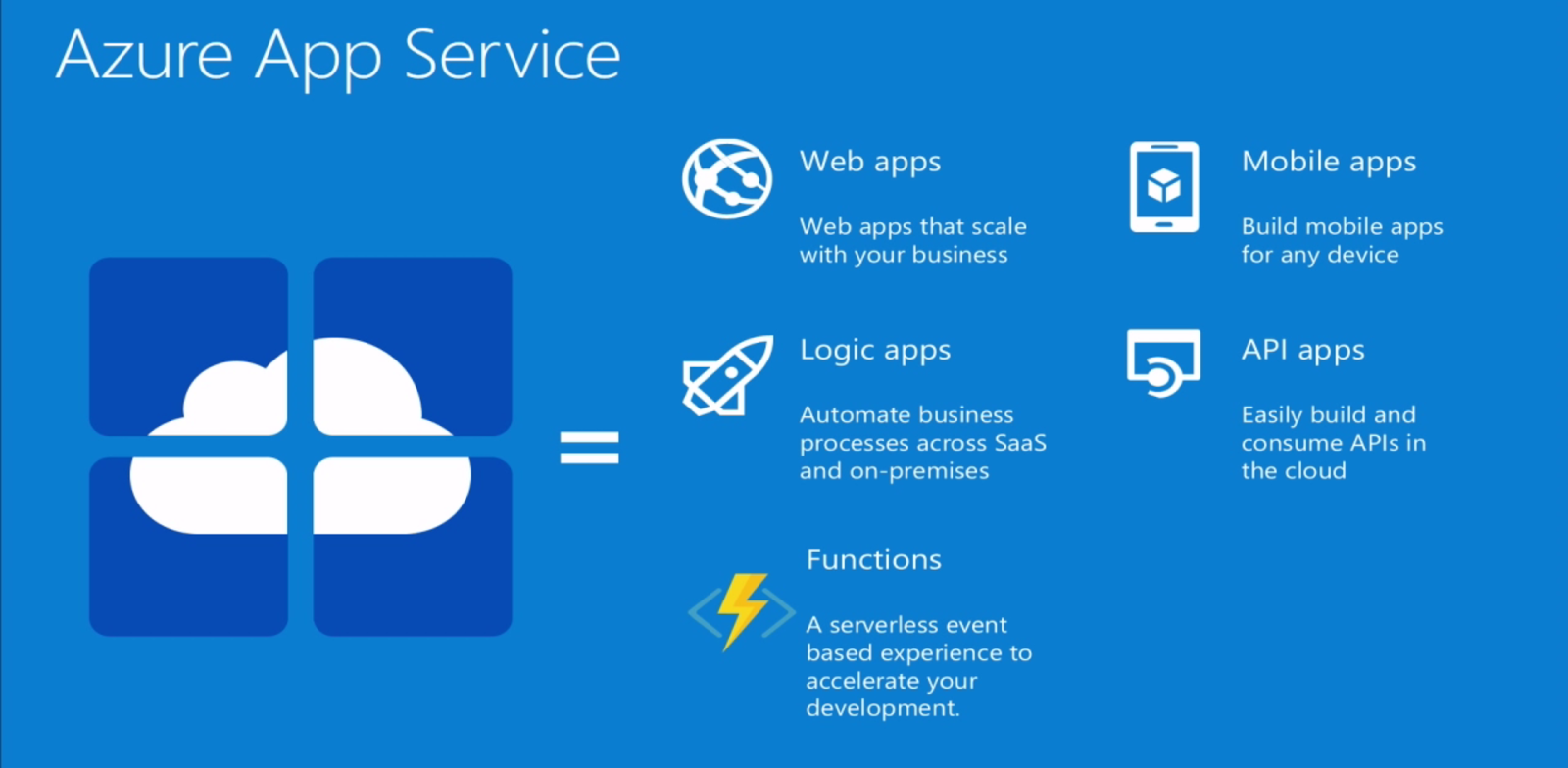

- #Microsoft azure ftp server how to#
- #Microsoft azure ftp server update#
- #Microsoft azure ftp server upgrade#
Use this option if you want to upload a public key that is stored outside of Azure. When SFTP clients connect to Azure Blob Storage, those clients need to provide the private key associated with this public key.

To find existing keys in Azure, see List keys. Use this option if you want to use a public key that is already stored in Azure.

The private key can be downloaded after the local user has been successfully added. The public key is stored in Azure with the key name that you provide. Use this option to create a new public / private key pair. The following table describes each key source option: Option

To learn more about the SFTP permissions model, see SFTP Permissions model.
#Microsoft azure ftp server how to#
In this section, you'll learn how to create a local user, choose an authentication method, and assign permissions for that local user. To grant access to a connecting client, the storage account must have an identity associated with the password or key pair. Instead, you must use an identity called local user that can be secured with an Azure generated password or a secure shell (SSH) key pair.
#Microsoft azure ftp server update#
Remember to replace the values in angle brackets with your own values: az storage account update -g -n -enable-sftp=trueĪzure Storage doesn't support shared access signature (SAS), or Azure Active directory (Azure AD) authentication for accessing the SFTP endpoint. To enable SFTP support, call the az storage account update command and set the -enable-sftp parameter to true. Set-AzStorageAccount -ResourceGroupName $resourceGroupName -Name $storageAccountName -EnableSftp $true Remember to replace the values in angle brackets with your own values: $resourceGroupName = "" To enable SFTP support, call the Set-AzStorageAccount command and set the -EnableSftp parameter to true. To add local users, see the next section. If no local users appear in the SFTP configuration page, you'll need to add at least one of them. NET references, see Local Users and LocalUser Class. To view an Azure Resource Manager template that enables SFTP support as part of creating the account, see Create an Azure Storage Account and Blob Container accessible using SFTP protocol on Azure. This section shows you how to enable SFTP support for an existing storage account. If you're connecting from an on-premises network, make sure that your client allows outgoing communication through port 22 used by SFTP.
#Microsoft azure ftp server upgrade#
To enable the hierarchical namespace feature, see Upgrade Azure Blob Storage with Azure Data Lake Storage Gen2 capabilities. The hierarchical namespace feature of the account must be enabled. For more information on these types of storage accounts, see Storage account overview. You can also enable SFTP as you create the account. PrerequisitesĪ standard general-purpose v2 or premium block blob storage account. To learn more about SFTP support for Azure Blob Storage, see SSH File Transfer Protocol (SFTP) in Azure Blob Storage. This article shows you how to enable SFTP, and then connect to Blob Storage by using an SFTP client. You can securely connect to the Blob Storage endpoint of an Azure Storage account by using an SFTP client, and then upload and download files.


 0 kommentar(er)
0 kommentar(er)
